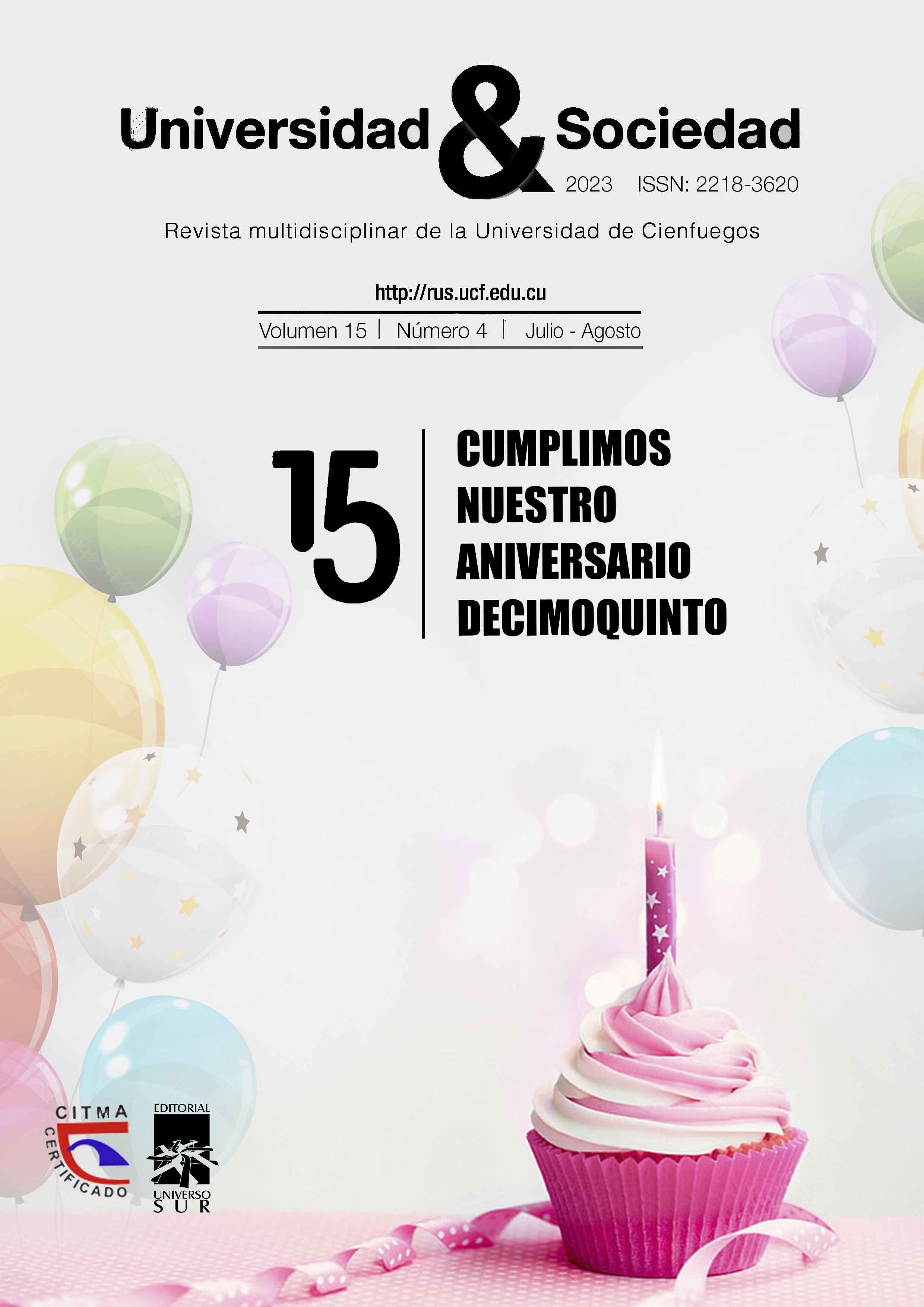Workload and Burnout syndrome as predictors of job satisfaction in Peruvian teachers
Resumen
ABSTRACT
The present research explores whether the workload and burnout syndrome predict the job satisfaction of basic education teachers during the period of return to the face-to-face classes. The approach was quantitative, with a non-experimental design and the type was a cross-section predictive. The sample was made up of 304 teachers who were given the Workload Scale, the Maslach Burnout Inventory and the Job Satisfaction Scale, instruments with adequate metric properties. The results indicate that job satisfaction correlated in reverse and significant way with the workload (r= -0.738, p<0.05) and burnout syndrome (r= -0.716, p<0.05). Similarly, it was found that the workload and burnout syndrome were correlated directly and significantly (r = 0.729, p<0.05). On the other hand, the multiple regression analysis demonstrated an adequate adjustment for the model (F= 80.040, p<0.05), in which the workload (?= 0.639, p<0.05) and burnout syndrome (?= 0.350, p <0.05) explained 57.2% of the total variance of the job satisfaction. It was concluded that the workload and burnout syndrome predict the job satisfaction of teachers. Therefore, it is suggested that the Ministry of Education and its decentralized instances design policies that allow revaluation of the work that teachers have been carrying out and promote the execution of preventive and corrective programs to improve their mental health.
Keywords:
Workload, burnout syndrome, job satisfaction, teachers, basic education, face-to-face classes.
RESUMEN
La presente investigación tuvo como objetivo determinar si la carga laboral y el síndrome de burnout predicen la satisfacción laboral de los docentes de educación básica durante el periodo de retorno a las clases presenciales. El enfoque fue cuantitativo, con un diseño no experimental y el tipo fue predictivo de corte transversal. La muestra estuvo conformada por 304 docentes a quienes se les administró la Escala de Carga de Trabajo, el Inventario de Burnout de Maslach y la Escala de Satisfacción Laboral, instrumentos con adecuadas propiedades métricas. Los resultados indican que la satisfacción laboral se correlacionó de manera inversa y significativa con la carga laboral (r= -0.738, p<0.05) y el síndrome de burnout (r= -0.716, p<0.05). Del mismo modo, se encontró que la carga laboral y el síndrome de burnout se correlacionaron de manera directa y significativa (r= 0.729, p<0.05). Por otro lado, el análisis de regresión múltiple demostró un ajuste adecuado para el modelo (F= 80.040, p<0.05), en el que la carga laboral (?= 0.639, p<0,05) y el síndrome de burnout (?= 0.350, p<0.05) explicaron el 57,2% de la varianza total de la variable satisfacción laboral. Se concluyó que la carga laboral y el síndrome de burnout predicen la satisfacción laboral de los docentes. Por ello, se sugiere que el Ministerio de Educación y sus instancias descentralizadas diseñen políticas que permitan revalorar el trabajo que vienen realizando los docentes y promuevan la ejecución de programas preventivos y correctivos para mejorar su salud mental.
Palabras clave:
Carga laboral, síndrome de burnout, satisfacción laboral, docentes, educación básica, clases presenciales.
Publicado
Cómo citar
Número
Sección
Licencia
Derechos de autor 2023 Editorial "Universo Sur"

Esta obra está bajo una licencia internacional Creative Commons Atribución-NoComercial-SinDerivadas 4.0.
La editorial "Universo Sur", de la Universidad de Cienfuegos, publica el contenido de la Revista "Universidad y Sociedad" bajo una Licencia Creative Commons Atribución-NoComercial-SinDerivar 4.0 Internacional.
© Podrá reproducirse, de forma parcial o total, el contenido de esta publicación, siempre que se haga de forma literal y se mencione la fuente.










